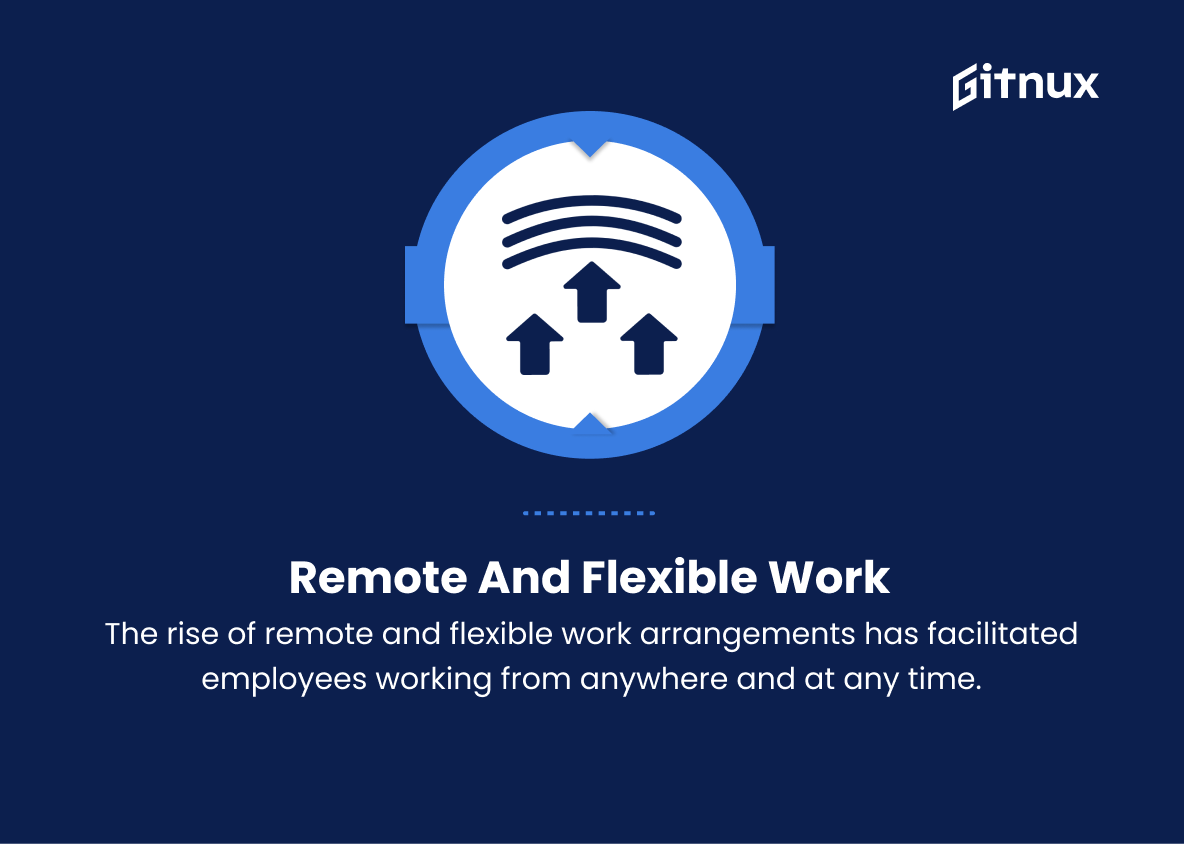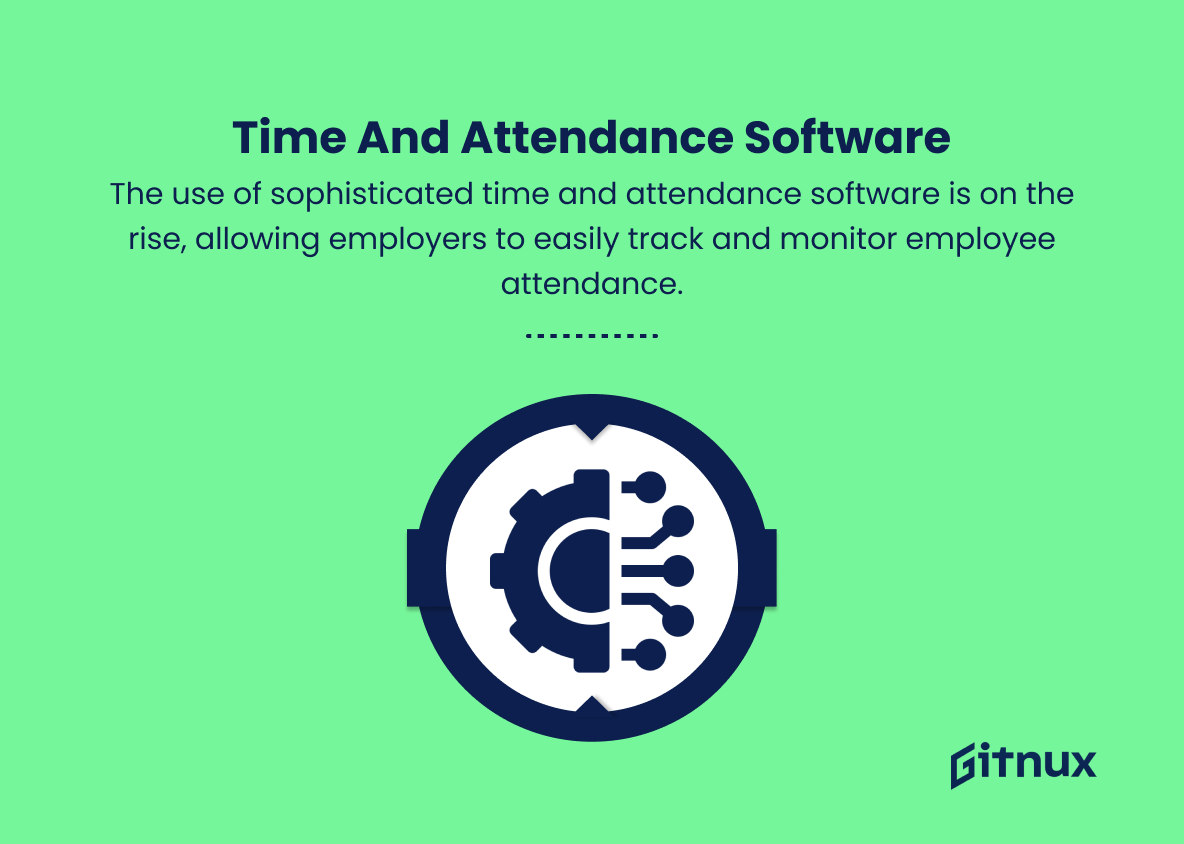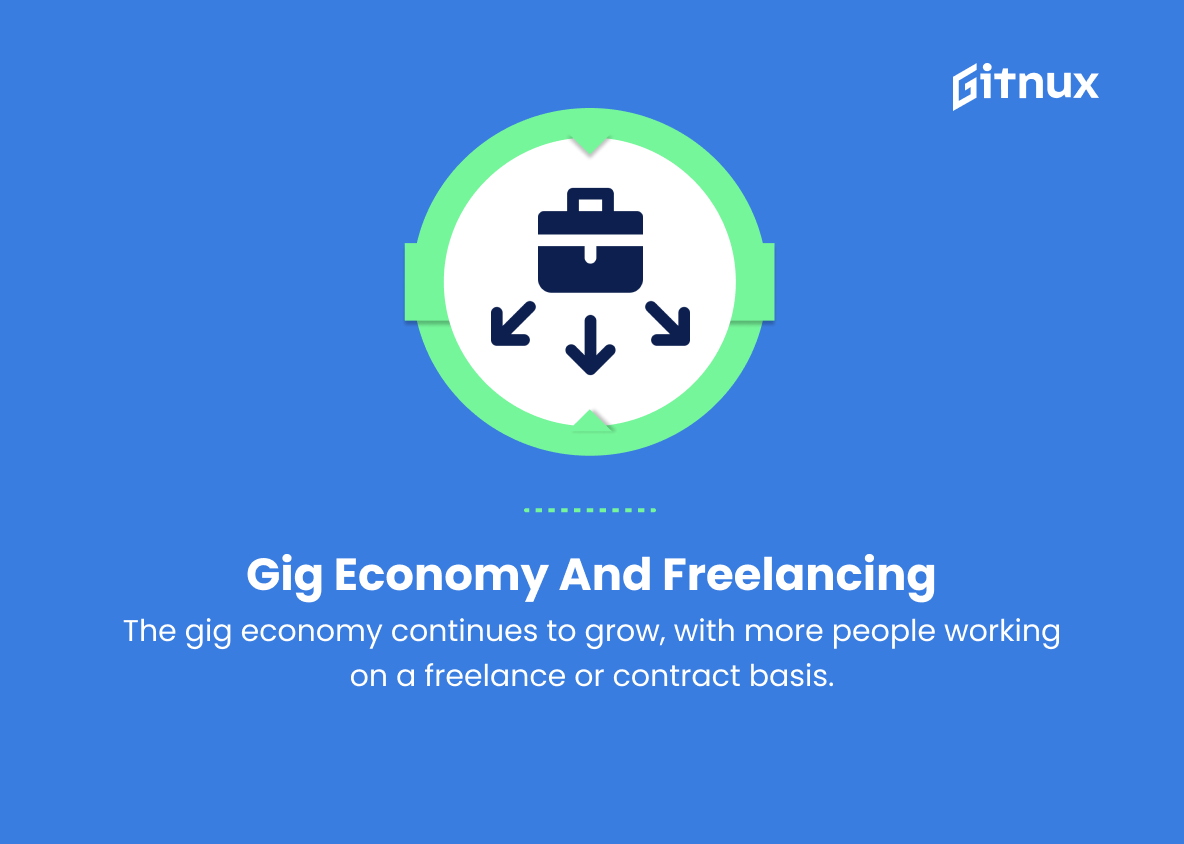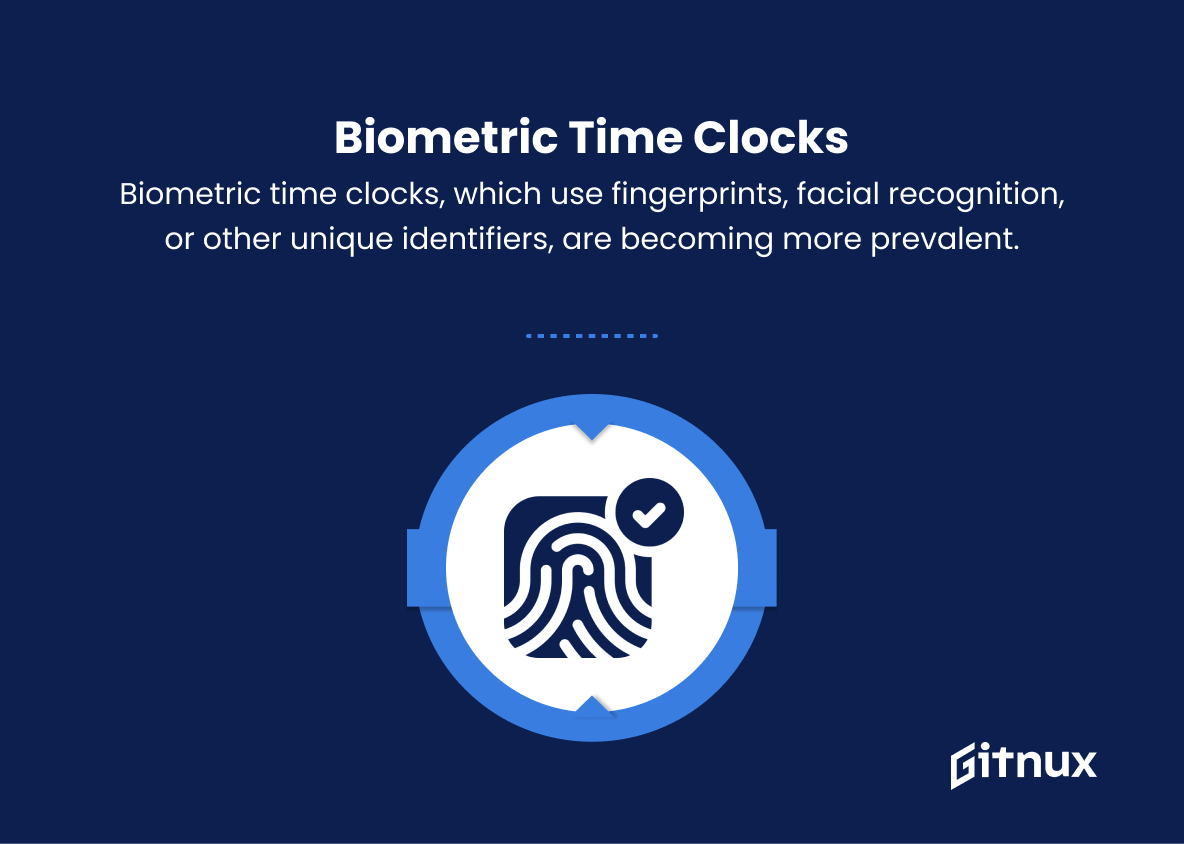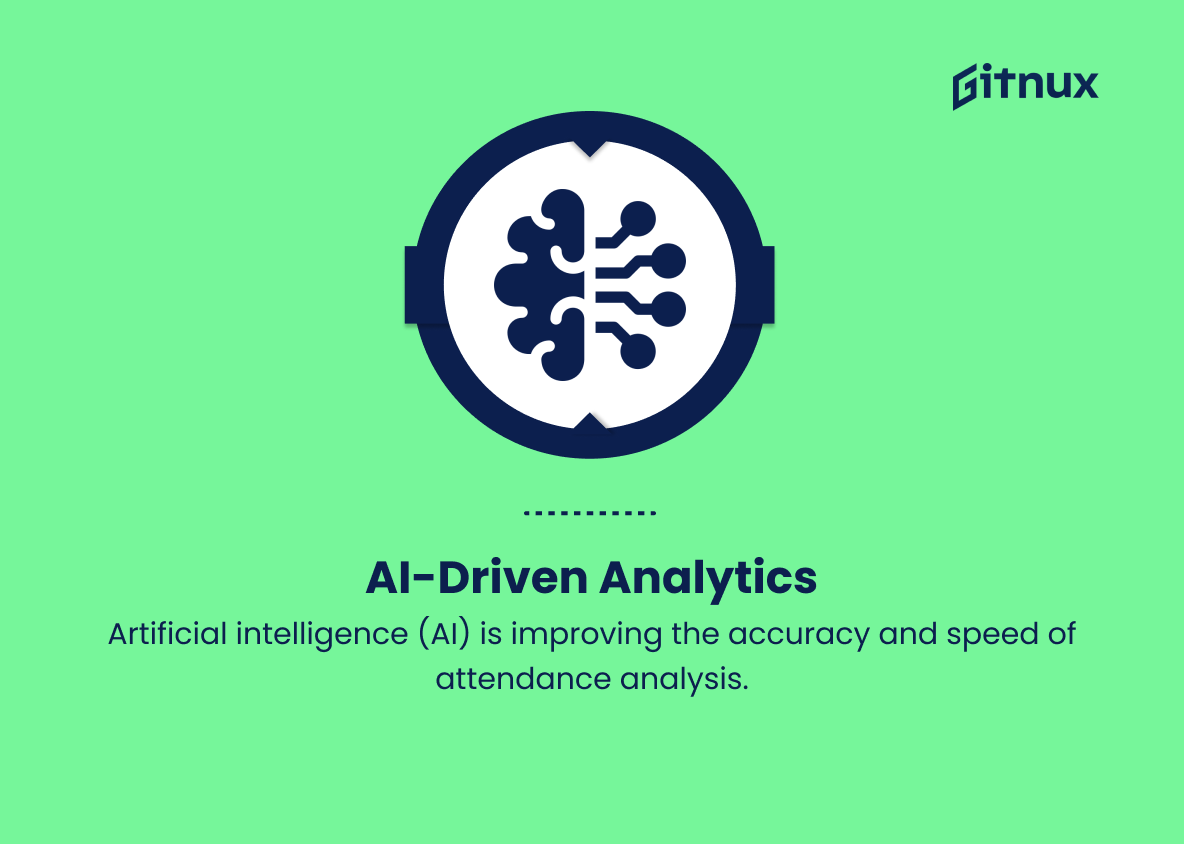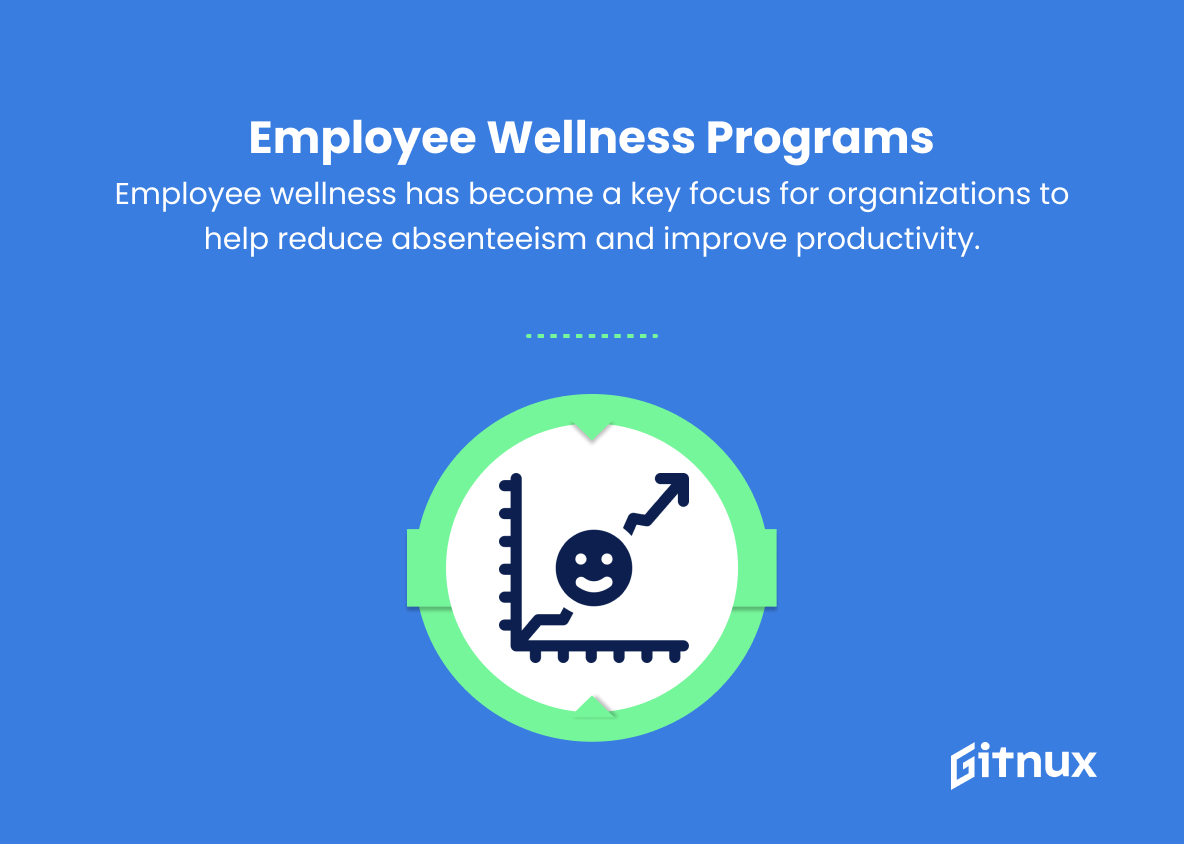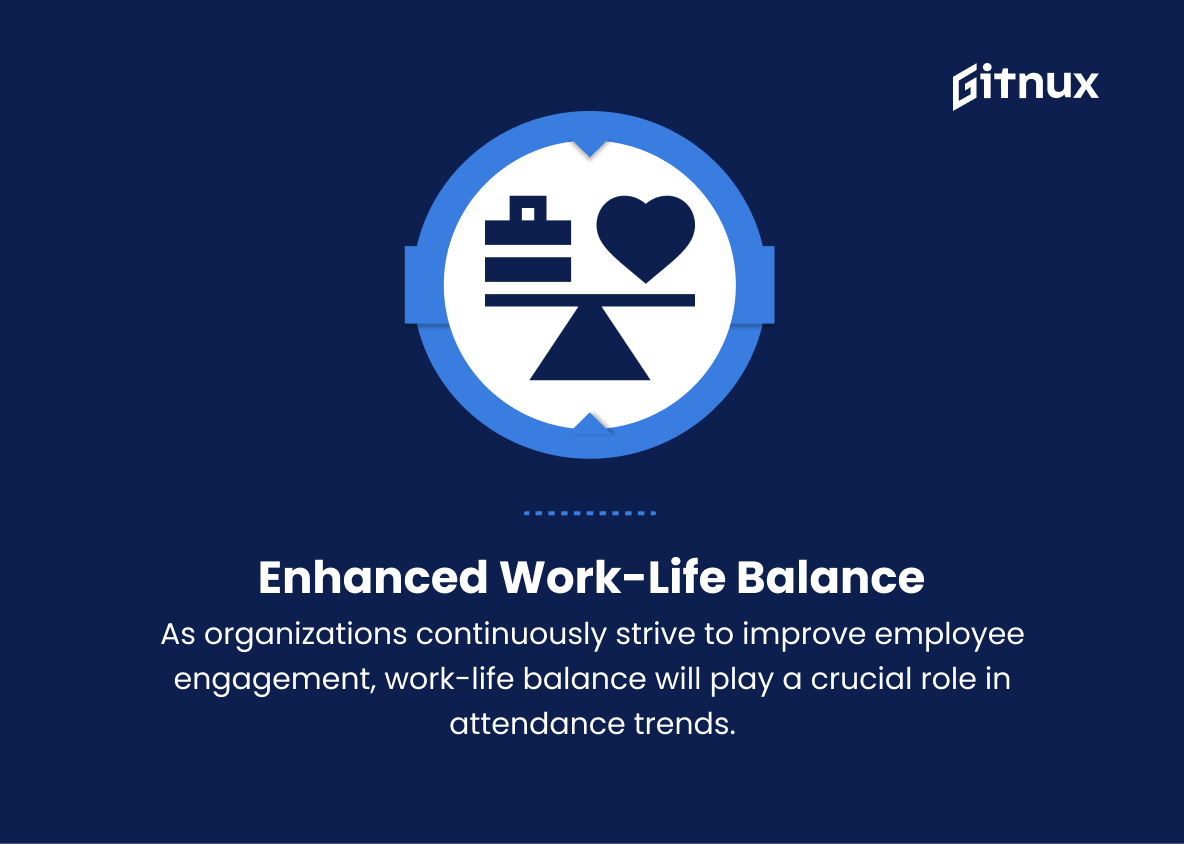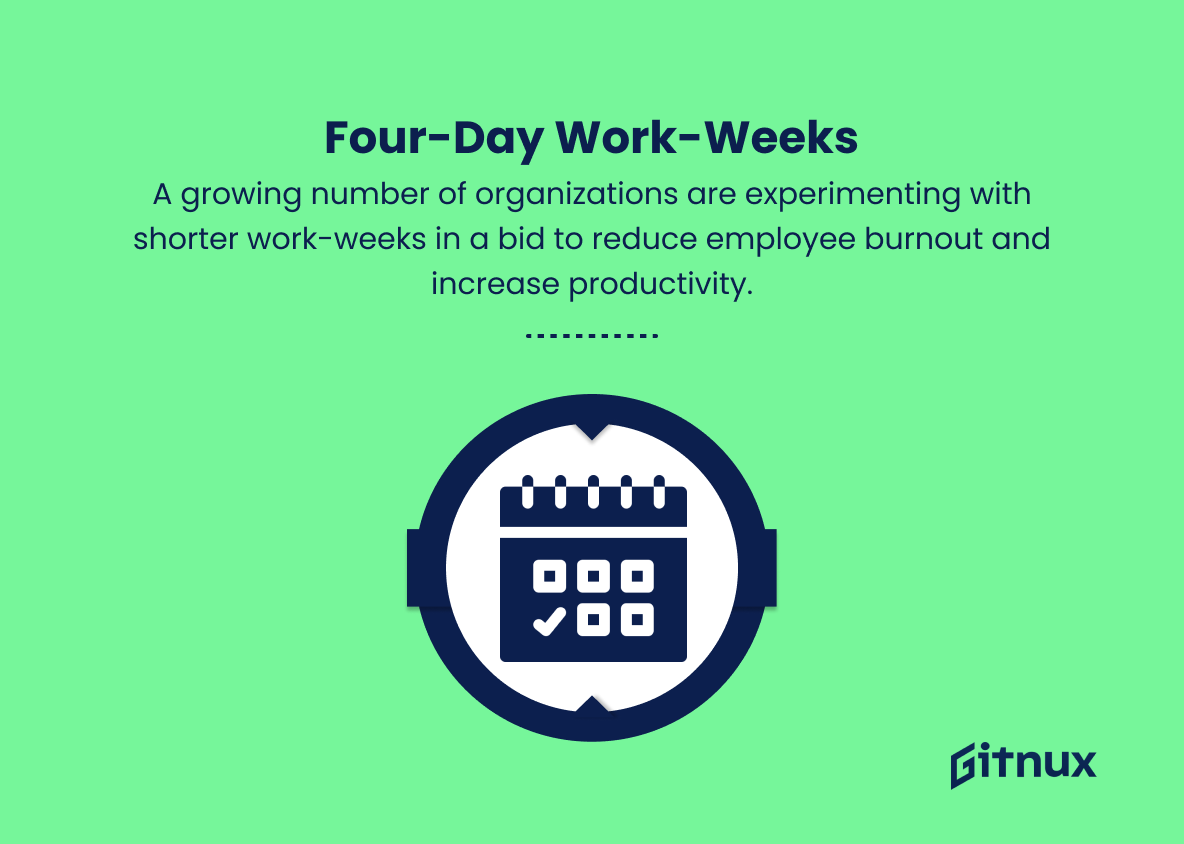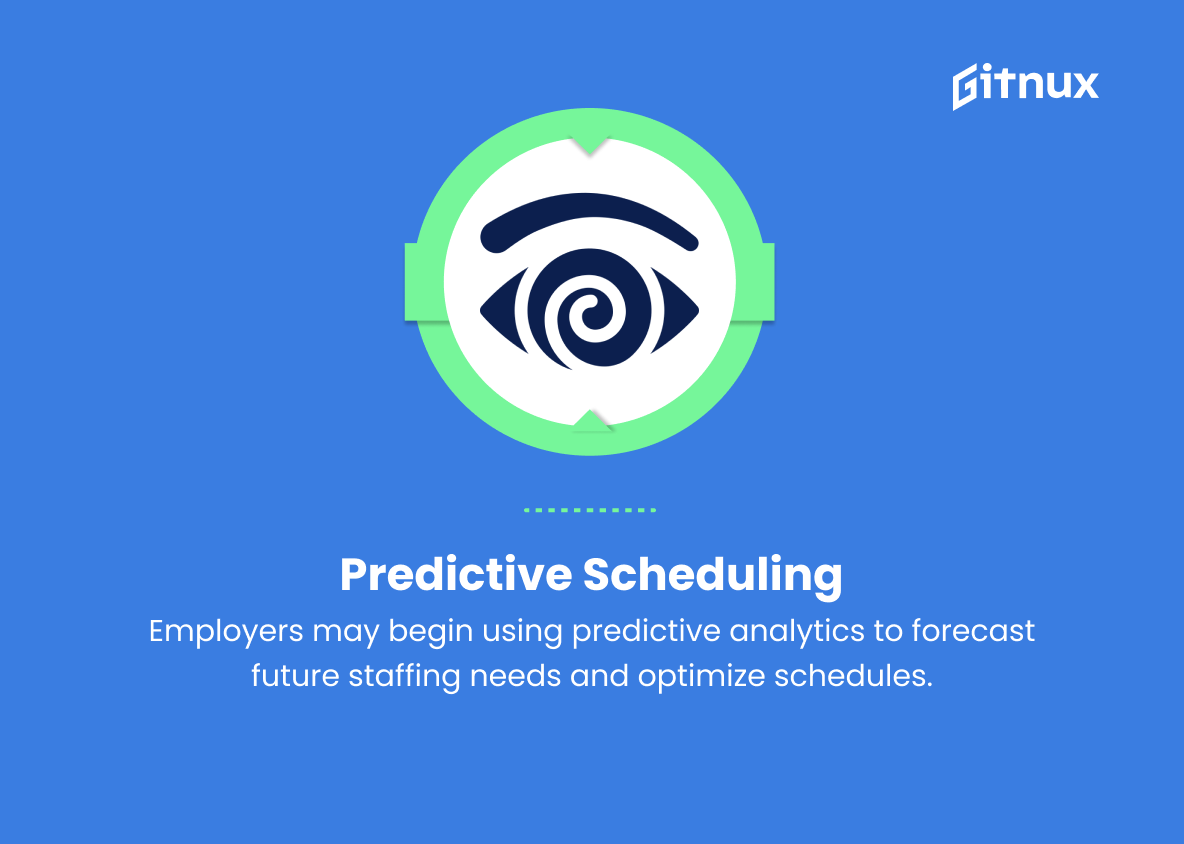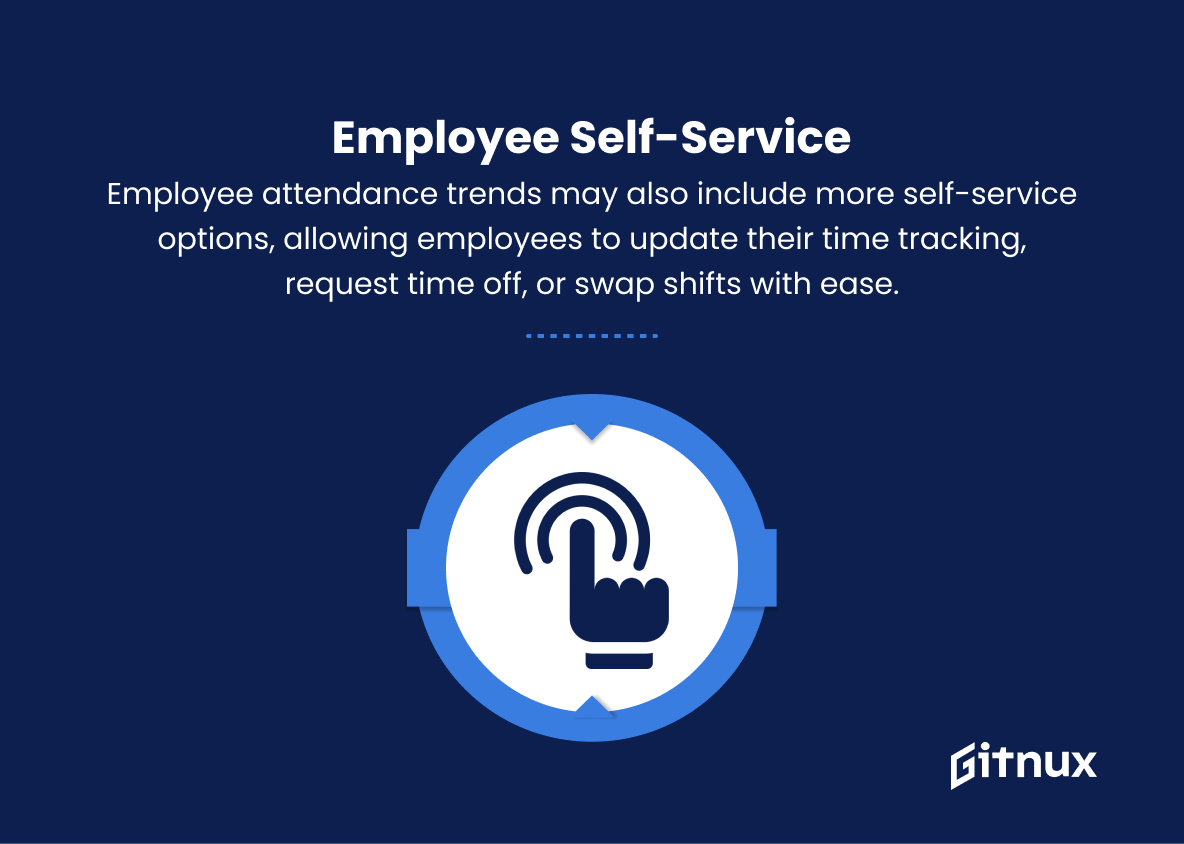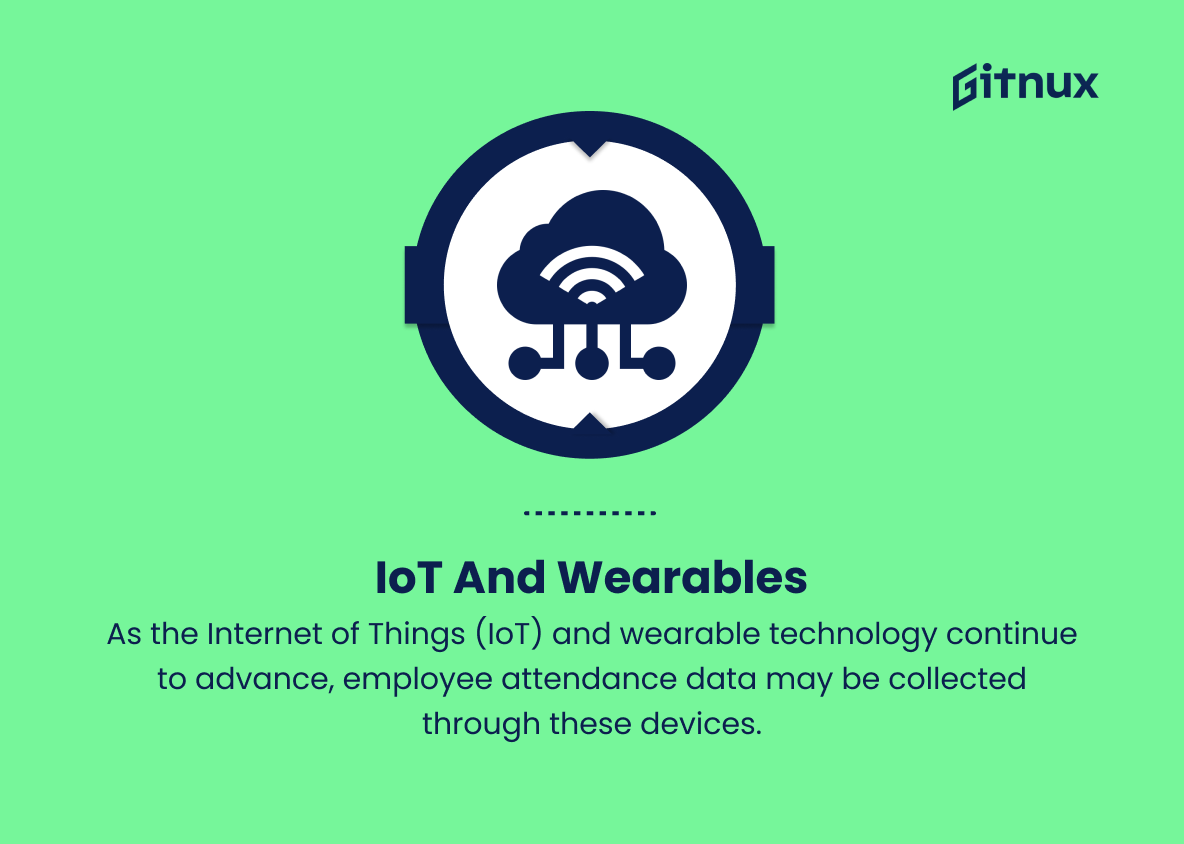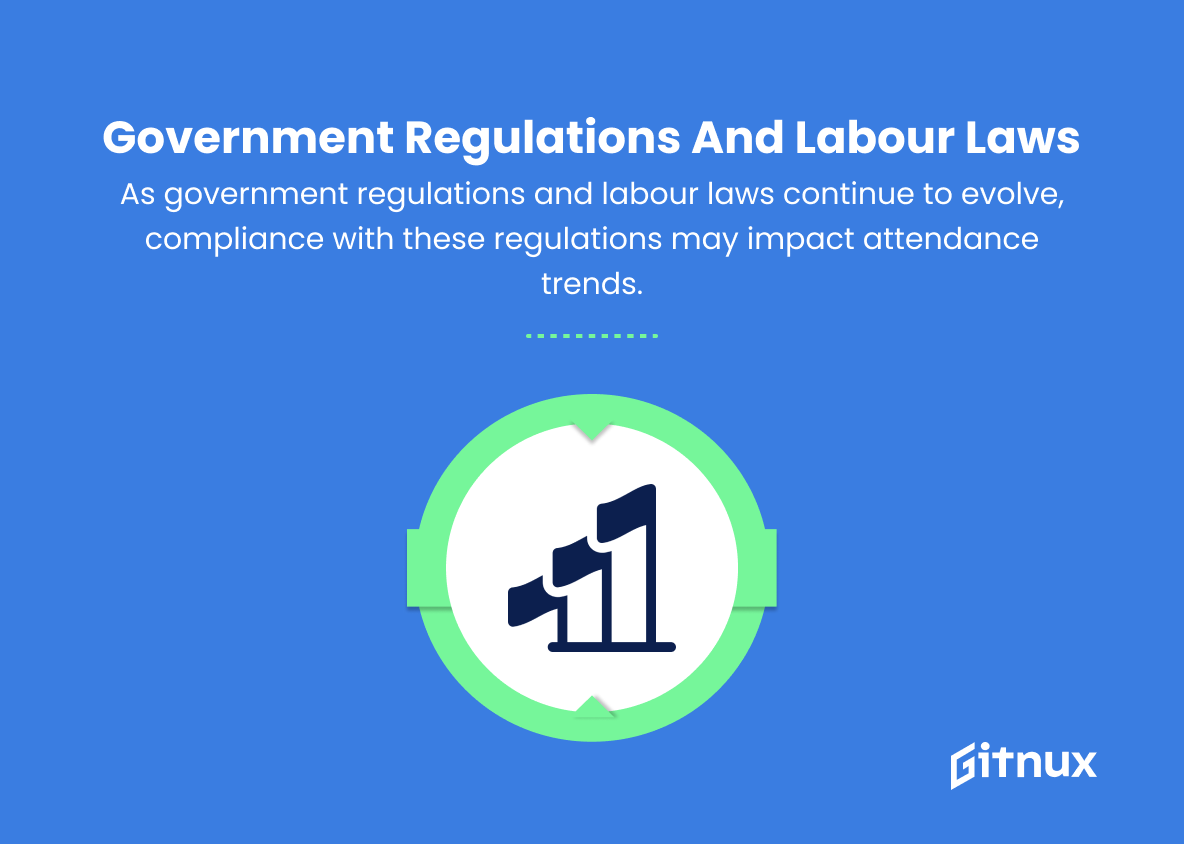In today’s dynamic and fast-paced work environment, employee attendance is a crucial factor that significantly impacts the overall productivity and efficiency of an organization. Analysing employee attendance trends allows businesses to identify patterns, understand underlying causes of absenteeism, and implement effective solutions for ensuring a healthy and engaged workforce.
This blog post delves into the importance of examining attendance trends and the various factors contributing to employee absenteeism, while also shedding light on the strategies that organizations can adopt to maintain consistent and reliable attendance.
Join us as we explore the vital role of employee attendance in organizational success and discuss the latest trends shaping the modern workplace.
Top Employee Attendance Trends
1. Remote and flexible work
The rise of remote and flexible work arrangements has facilitated employees working from anywhere and at any time. This trend will continue to grow in the future, offering employees more freedom and increased work-life balance.
2. Time and attendance software
The use of sophisticated time and attendance software is on the rise, allowing employers to easily track and monitor employee attendance. These solutions offer analytics, real-time reporting, and seamless integration with other HR systems to improve overall efficiency.
3. Gig economy and freelancing
The gig economy continues to grow, with more people working on a freelance or contract basis. This shift in the workforce will impact traditional employee attendance trends and require companies to rethink their approach to tracking and managing worker time and tasks.
4. Biometric time clocks
Biometric time clocks, which use fingerprints, facial recognition, or other unique identifiers, are becoming more prevalent. These technologies provide a more accurate and secure method for tracking employee attendance and help to prevent “buddy punching” or time theft.
5. AI-driven analytics
Artificial intelligence (AI) is improving the accuracy and speed of attendance analysis. AI-driven systems will offer real-time insights into employee attendance patterns, better predict staffing needs, and identify trends for improved workforce productivity and planning.
6. Employee wellness programs
Employee wellness has become a key focus for organizations to help reduce absenteeism and improve productivity. Future employee attendance trends may include greater focus on wellness programs and strategies, such as mental health initiatives, ergonomic office solutions, and personalized wellness plans.
7. Enhanced work-life balance
As organizations continuously strive to improve employee engagement, work-life balance will play a crucial role in attendance trends. Employers will need to consider flexible work arrangements, family-friendly policies, and incentives to help employees maintain a healthy work-life balance.
8. Four-day work-weeks
A growing number of organizations are experimenting with shorter work-weeks in a bid to reduce employee burnout and increase productivity. This trend could become more widespread, resulting in new attendance patterns and scheduling models.
9. Predictive scheduling
Employers may begin using predictive analytics to forecast future staffing needs and optimize schedules. This approach aims to provide employees with more predictable schedules and better work-life balance while ensuring businesses have adequate staffing levels.
10. Employee self-service
Employee attendance trends may also include more self-service options, allowing employees to update their time tracking, request time off, or swap shifts with ease. This may help to reduce the administrative burden for managers and increase overall efficiency.
11. IoT and wearables
As the Internet of Things (IoT) and wearable technology continue to advance, employee attendance data may be collected through these devices. This could streamline time tracking and help organizations better understand employee work patterns and activities.
12. Government regulations and labour laws
As government regulations and labour laws continue to evolve, compliance with these regulations may impact attendance trends. Companies must stay informed about the latest legal requirements and adjust their attendance policies and practices accordingly.
Implications
The future of employee attendance will be shaped by a variety of trends, encompassing remote and flexible work, sophisticated time and attendance software, the gig economy, biometric time clocks, AI-driven analytics, employee wellness programs, enhanced work-life balance, shortened work-weeks, predictive scheduling, self-service options, IoT and wearables, and government regulations. The rise of remote and flexible work arrangements combined with the adoption of gig economy models will reshape the traditional workforce and require organizations to adapt their attendance tracking and management systems.
Time and attendance software, alongside emerging biometric and IoT technologies, will offer improved accuracy, security, and integrations with other HR systems. A focus on employee wellbeing and work-life balance will encourage companies to implement wellness initiatives, experiment with alternative scheduling models, and adopt more family-friendly policies. The increasing use of AI and predictive analytics will enable organizations to optimize staffing levels, create more predictable schedules, and gain deeper insights into attendance patterns.
As attendance trends continue to evolve, businesses must remain aware of changing government regulations and labour laws to maintain compliance and foster a healthy, engaged workforce.
Conclusion
In closing, employee attendance trends have a significant impact on an organization’s productivity, employee morale, and overall success. With the changing dynamics of the workforce, it has become crucial for employers to stay up-to-date with the latest attendance patterns and adopt flexible policies and practices that encourage punctuality and regularity.
By leveraging technology, offering flexible options, and promoting a culture that values employee well-being, organizations can ensure they foster a healthy attendance record, ultimately optimizing their bottom line and creating a more satisfying work environment for everyone involved.
